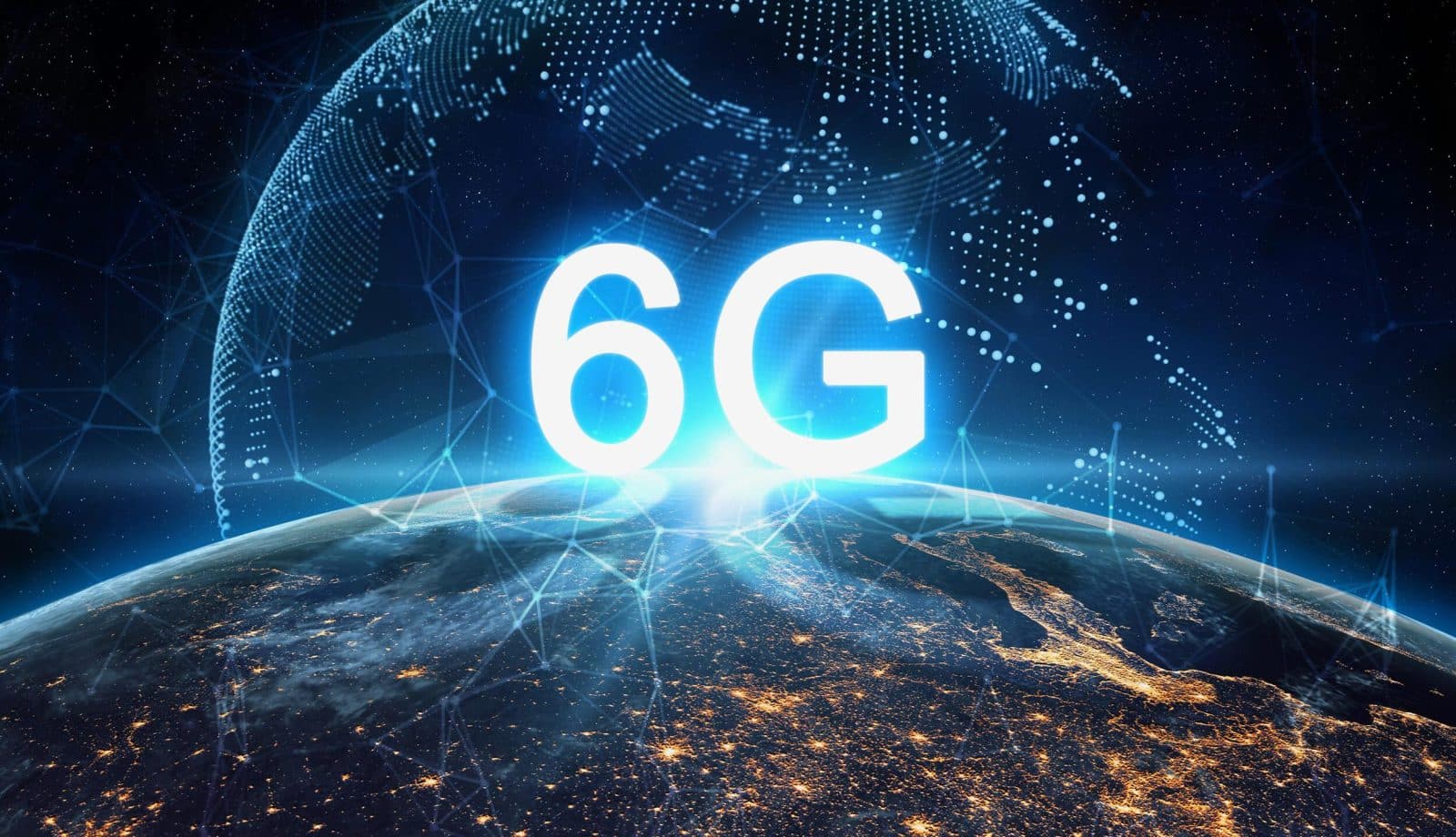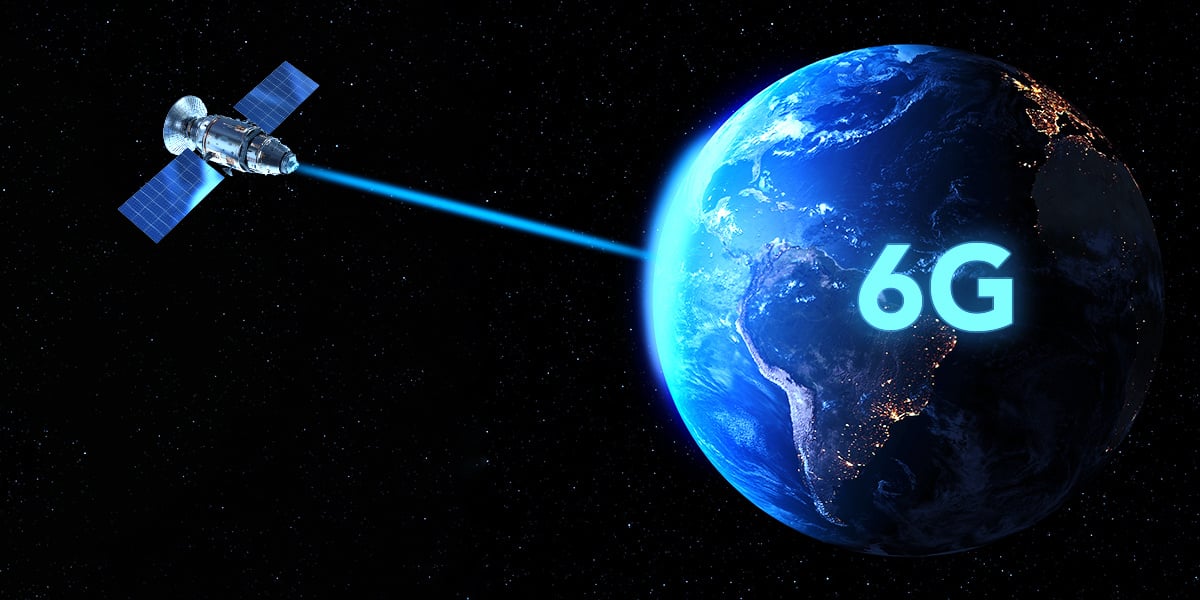The world is just getting comfortable with 5G, but the next leap forward — 6G technology — is already in development. Expected to launch commercially around 2030, 6G promises lightning-fast speeds, ultra-low latency, and AI-powered networks that will reshape everything from gaming and healthcare to smart cities and the Internet of Things (IoT).
In this in-depth guide, we’ll explore what 6G is, how it works, expected speeds, key use cases, challenges, and when you can expect it to roll out — so you’re ahead of the curve.
What Is 6G?
6G (sixth-generation wireless technology) is the successor to 5G and the next global wireless communication standard. While 5G introduced high-speed mobile broadband and enabled emerging tech like autonomous cars and AR/VR, 6G aims to be much more than just “faster 5G.”
Key goals for 6G include:
-
Terabit-per-second (Tbps) data rates – up to 100x faster than 5G
-
Sub-millisecond latency – enabling real-time responsiveness
-
Massive IoT support – millions of connected devices per km²
-
AI-native networks – self-optimizing, self-healing infrastructure
-
Global coverage – via satellite and terrestrial network integration
6G is designed to be a platform for a hyper-connected world where machines, humans, vehicles, and devices communicate seamlessly.
6G vs 5G: Key Differences
| Feature | 5G Today | 6G (Target) |
|---|---|---|
| Peak Speed | Up to 10 Gbps | 1 Tbps+ (1000 Gbps) |
| Latency | ~10 ms (can be 1 ms in ideal 5G URLLC) | Sub-millisecond or even microseconds |
| Spectrum | Sub-6 GHz & mmWave (24–40 GHz) | mmWave + terahertz spectrum (100 GHz – 1 THz) |
| Device Density | 1M devices per km² | 10M+ devices per km² |
| AI Integration | Limited, network-side | AI-native, integrated into radio access & core |
| Coverage | Mostly terrestrial, urban focus | Global, integrating satellites, HAPS, non-terrestrial networks |
Key 6G Technologies
To deliver on its promises, 6G will rely on cutting-edge innovations:
-
Terahertz Spectrum (THz) – Unlocking ultra-wide bandwidth for Tbps speeds
-
Massive MIMO & Beamforming – More antennas per tower for precision coverage
-
AI/ML-Powered Networks – Self-learning networks that optimize spectrum, reduce energy use
-
Edge Computing & Distributed Cloud – Compute closer to users for real-time processing
-
Integrated Sensing & Communication (ISAC) – Networks that can “sense” environments and provide centimeter-level positioning
6G Use Cases: What It Will Enable
The most exciting part of 6G is what it will make possible. Here are the top 6G use cases experts are discussing:
1. Real-Time Holographic Communication
6G’s extreme bandwidth will allow holographic telepresence — realistic, 3D video calls where participants appear life-size in your room.
2. Fully Immersive AR/VR and Metaverse
6G will support ultra-low-latency virtual reality, making the metaverse truly seamless. Imagine multiplayer VR games or virtual workplaces without motion sickness or lag.
3. Autonomous Transportation
Driverless cars, drones, and robotic delivery systems will communicate with each other and infrastructure in real-time, reducing accidents and congestion.
4. Smart Cities and IoT at Scale
Millions of sensors in cities will monitor traffic, energy usage, air quality, and public safety, creating data-driven smart cities.
5. Remote Surgery and Telemedicine
Doctors could perform surgery from anywhere in the world using robotic systems that respond instantly, thanks to 6G’s microsecond latency.
6. Space-Air-Ground Integrated Networks
6G will combine terrestrial towers, satellites, and high-altitude platforms to offer truly global broadband coverage, even in remote areas.
6G Timeline: When Will It Arrive?
6G isn’t here yet — but development is well underway.
-
2024-2026: Research and requirements phase — defining 6G standards
-
2027-2028: Lab tests and early field trials by Nokia, Ericsson, Samsung, Huawei, and others
-
2028-2029: Prototype devices and test networks in select cities
-
2030: First commercial 6G networks launch in leading markets (U.S., South Korea, Japan, EU)
It will likely take several years after 2030 for mass adoption, just like 4G and 5G did.
Challenges to 6G Development
While 6G is promising, several challenges must be overcome:
-
High Frequency Limitations: THz signals have short range and struggle to penetrate walls — requiring denser infrastructure.
-
Energy Consumption: More base stations could increase power use; networks must be highly efficient.
-
Cost & Investment: Telecom operators must justify the massive infrastructure spending.
-
Spectrum Regulation: Governments must allocate new spectrum bands globally.
-
Security & Privacy: With billions of connected devices, cybersecurity becomes more critical than ever.
6G and AI: Networks That Think
A major differentiator for 6G will be its native integration with artificial intelligence. AI will handle:
-
Dynamic spectrum allocation (optimizing available frequencies in real time)
-
Predictive maintenance (detecting faults before they occur)
-
Energy optimization (reducing base station power when traffic is low)
-
QoS management (prioritizing mission-critical applications like remote surgery over streaming)
This will make 6G networks self-healing and adaptive, reducing outages and improving user experience.
Economic and Social Impact of 6G
Industry analysts expect 6G to create trillions of dollars in economic value, much like 4G created the app economy and 5G is driving Industry 4.0.
-
Healthcare: Remote surgeries, connected medical devices, early disease detection
-
Education: Immersive virtual classrooms, global access to high-quality education
-
Business: Digital twins, remote collaboration in 3D, ultra-low-latency trading systems
-
Entertainment: AR concerts, mixed-reality sports broadcasts, lifelike gaming worlds
-
Agriculture: Smart farming with drones and sensors optimizing crop yield
6G and Sustainability
Sustainability is a major design goal for 6G. Networks will use:
-
Green infrastructure powered by renewable energy
-
Sleep modes for unused radios
-
Efficient hardware to lower energy per bit transmitted
This will make 6G more environmentally friendly compared to previous generations, even as data demand continues to grow.
Preparing for the 6G Future
If you’re a business or tech professional, here’s how to prepare for 6G now:
-
Follow standardization efforts from 3GPP, ITU, and industry alliances
-
Invest in edge computing and AI — both will be central to 6G
-
Plan for ultra-high-speed applications like digital twins and real-time analytics
-
Explore partnerships with telecom providers for early trials
Being 6G-ready early could give your business a major competitive edge.
Conclusion
6G is not just an incremental upgrade — it’s a paradigm shift in wireless communication. With speeds up to 1000 Gbps, microsecond latency, AI-native networks, and global coverage, 6G will transform industries, enable futuristic use cases, and bring the world closer together than ever before.
Although the first commercial 6G networks are expected around 2030, research and development are happening today — meaning that now is the perfect time to start planning for this next wave of connectivity.
Suggested Meta Tags for SEO
-
Meta Title: 6G Technology Explained – Speeds, Launch Date, and Future Use Cases (2025 Guide)
-
Meta Description: Learn what 6G is, how fast it will be, its expected launch date, key features, use cases, and how it will transform connectivity by 2030.




